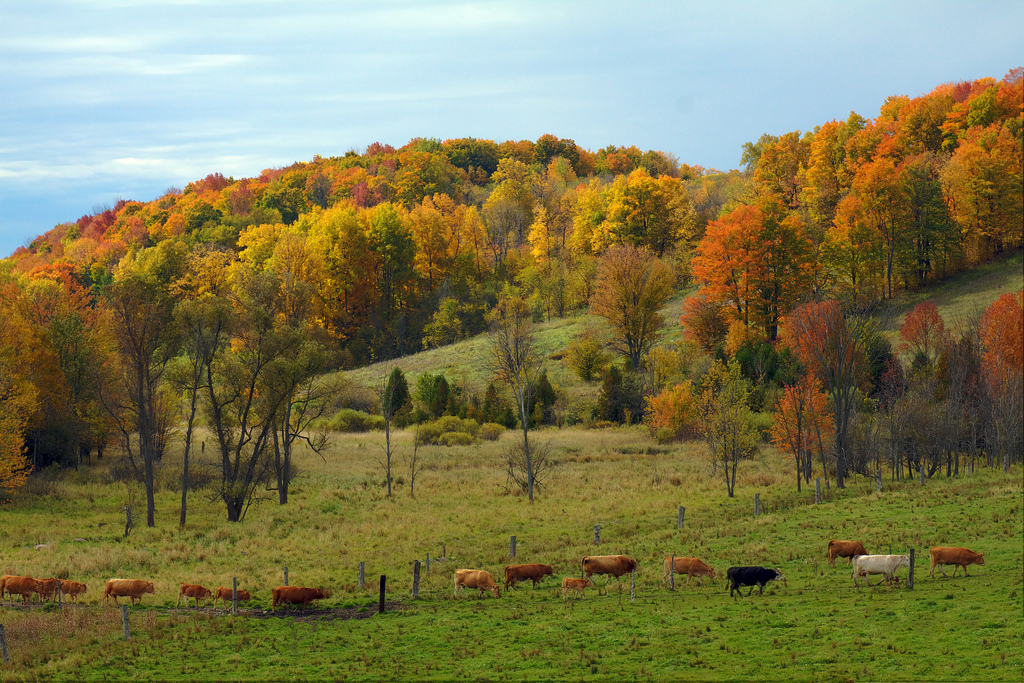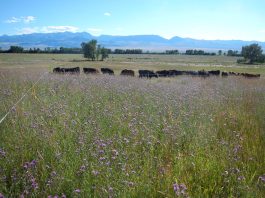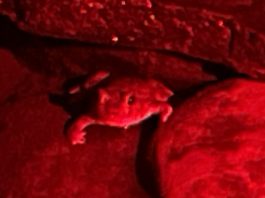
Grazing animals often avoid eating weeds due to novelty even though weeds are often as nutritious as many of our planted pasture and rangelands species.
Why is this? Animals learn what to eat and avoid by grazing with their mothers and through individual experience. Once animals establish a preferred diet of familiar foods, adequate in nutrients, and low in toxins, most animals simply avoid eating new foods.
When a weed invades a pasture, it is likely a new or novel food meaning livestock grazing the pasture have never eaten the new weed. In no time, weeds take over because plants that are not grazed have a competitive advantage over grazed plants.
But we can change how animals think of these new plants in their pastures using Kathy Voth’s simple training technique. In just eight hours spread over ten days, you can teach animals to eat a weed. They learn that food can come in all kinds of shapes and sizes, so they’ll try other weeds on their own. Plus they’ll teach their offspring and herd mates, and they remember year after year. You can learn more about that here.
I created this agriculture bulletin to provide you with the nutritive values of many common weeds. These values were summarized from a variety of peer-reviewed journal articles. Often weeds contain some level of toxins but most weeds are not so toxic that they cause health problems or death provided livestock have access to a variety of plant species. At the end of the bulletin is additional information on the toxicity of weeds listed in this bulletin. Kathy’s two-ebook set on training livestock to eat weeds includes additional information on which weeds are safe for your livestock and which are not.
Important Note: When using livestock to graze weeds, variety is important.
Even if an animal will readily eat a weed, it doesn’t mean the animal can survive on a sole diet of that weed. Many livestock producers have met with disaster trying to force animals to survive on a diet of a single plant. Tame forage plants planted in pastures, on rangelands, or used for hay have been bred to be high in nutrients and low in toxins. These species significantly lower the risk of toxicity to grazing animals eating a single plant species. Animals rarely die from over ingestion of plants with toxins provided they have a variety of forages to eat. Animals prefer to eat a variety of plants. Eating a variety of plants lessen the chances of poisoning from any single plant species. For more information see: “Why Livestock Die from Eating Poisonous Plants.”




